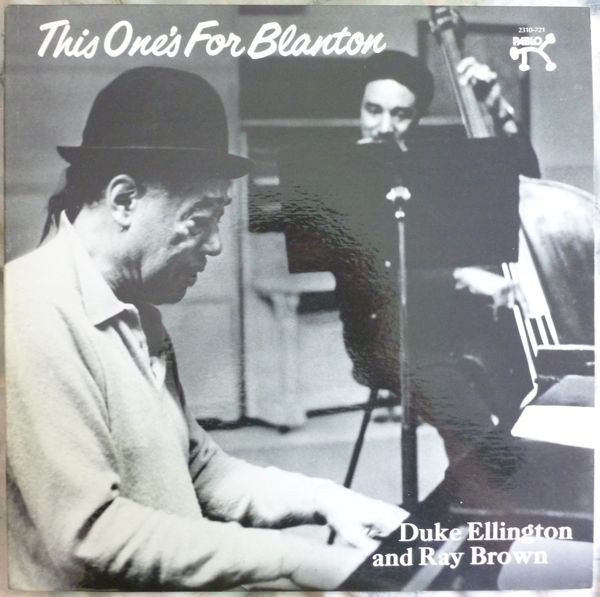BTW, I’m suspecting some of us are talking apples and oranges regarding this so-called superior / musical bass because to the best of my knowledge it's entirely free. Provided of course one already possesses reasonable or better hardware for the frequency range in question and the desire to make it happen. Not to mention having a somewhat reasonable room that includes minimal furnishing e.g. carpet/rug with pad and a few select in-room furnishings.
To the best of my knowledge and given those basic conditions or requirements, a superior / musical bass:
- Cannot be achieved by adding room acoustic treatements.
- Cannot be achieved by building a custom room.
- Cannot be achieved with playback system upgrades or products. (if full-range speakers no subwoofer is required)
- Cannot be achieved with some-to-many consultants / professional services.
- Cannot be achieved with any playback system tweaks or tuning config changes - that is aside from speakers and/or subwoofers.
IOW, if the above is true, not only is a superior / musical bass free it cannot be purchased.
I also suspect any tweak or accessory that no matter how well they might improve the overall presentation incuding the bass regions they cannot and will not transform the bass from the average or typical bass over to the other side of the fence where we find a superior / musical bass. Though if such tweaks or accessories genuinely improved bass reproduction on one side of the fence, chances are very good it will work likewise on the other side of the fence.
I suppose one could pay dearly to acquire a superior / musical bass but assuming the above cannots are true, I'm unsure what one might purchase aside from perhaps consulting fees who in turn may or may not achieve a musical bass as they may not even know such a thing exists. I suppose one could purchase varioius products or even entire replacement systems, and/or build new rooms and perhaps if all the planets were in perfect alignment one just might achieve a superior / musical bass. Otherwise, I'd venture the chances are excellent they'd still be in much the same boat as before the purchases but now with a new bag of issues.
My two cents anyway. And you get what you pay for, right?
On second thought. Let's say one could acquire a superior / music bass by any and/or all options in the incomplete list in my OP. Of course we know that's not happening otherwise every exhibiting room at every audio show would be demonstrating a variation of a superior bass and we'd all know how it sounds and most of us would already be there ourselves. But still, even if it were possible (I'm still guessing it's not) to achieve a superior bass by any combination of the many options in the OP, why go that route when one could go the free route with no additives? Less is always more, right?
Its easy to get good musical bass with extension to 20Hz.
The most common problem people have with bass is they get standing waves in the room. This causes peaks and valleys in different areas of the room, depending on the bass note frequency. A common complaint (which I've experienced a lot) is no bass at the listening chair.
This is easy to fix and you don't need bass traps or DSP room correction. Both of those things work but at about 5% efficacy. What you need is something called a Distributed Bass Array (DBA). This is best represented by the Swarm subwoofer made by Audiokinesis, but any set of subs can be made to do the job. The idea is to place the subs assyemetrically in the room so that the standing waves are broken up, resulting in much much smaller and many more peaks and valleys- essentially evenly distributed bass around the room.
The trick is to prevent the subs (and this is true of any sub really) from attracting attention to themselves, and this is done by preventing them from having any output above about 80Hz. At this frequency, bass notes are about 14 feet long, so in most rooms the bass note is able to pass by the ear and bounce off the rear wall within about one iteration or less of the fundamental waveform, thus resulting in the bass being omnidirectional. So you can use a mono signal for the subs.
If you meet this criteria, its then a simple matter to adjust the level to match the main speakers.
My speakers are the Classic Audio Loudspeakers model T-3.3s, with custom cabinets to allow them to be flat to 20Hz. So I already have bass in the front of the room. So to solve my standing wave issue (which of course only occurs at the listening chair) I only needed to add a pair of the Swarm subs. One sits to the left of me and the other is behind me and slightly to the right. I have their drivers facing the wall to insure they are inside the room boundary effect, on which the Swarm subs rely to be flat at 20Hz (by using this technique the subs could be designed to be smaller).
I did this experimentally so just used junk speaker wire between the sub amp (which sits by the preamp in the equipment rack) and subs. Nevertheless, it works a treat- well that I've no incentive to change out the cables other than cosmetics.
You can use a DBA in many room types and get excellent bass. Square rooms are particularly problematic and DBAs sort them out quite well.
The only reason we don't see this at shows is because most people showing don't install a DBA (other than Duke of Audiokinesis of course)








 xpe hele speaker voor
xpe hele speaker voor